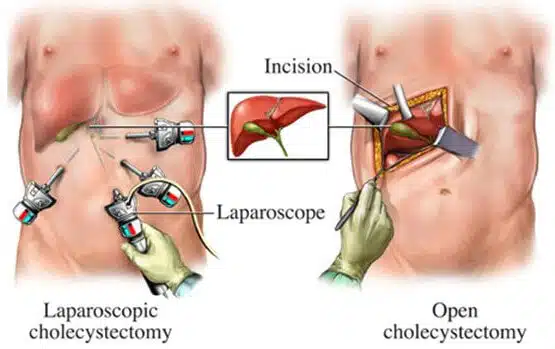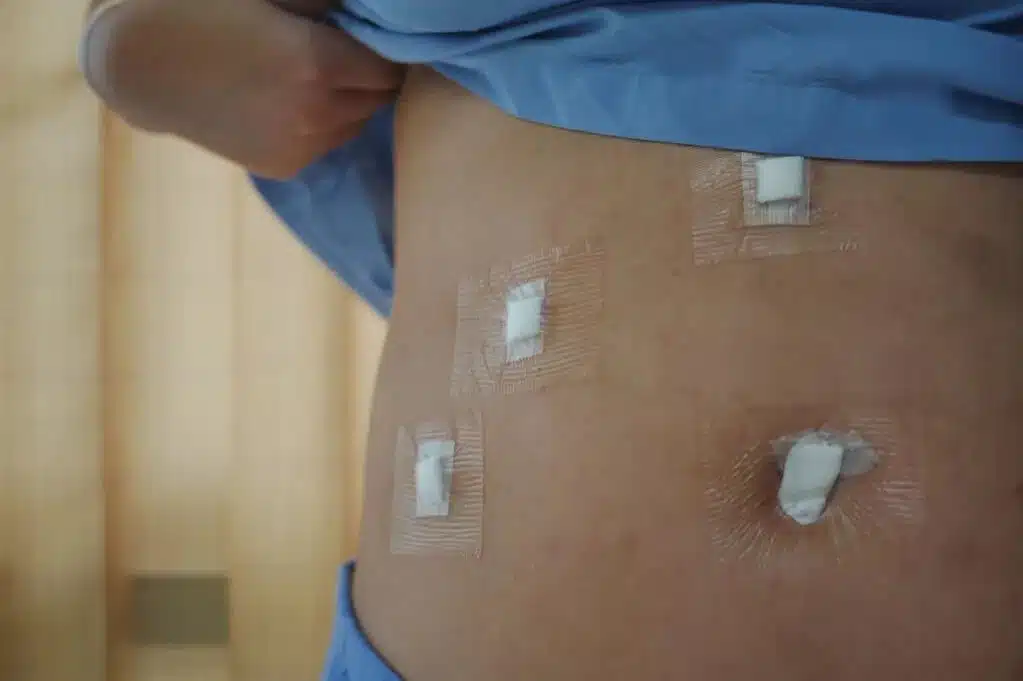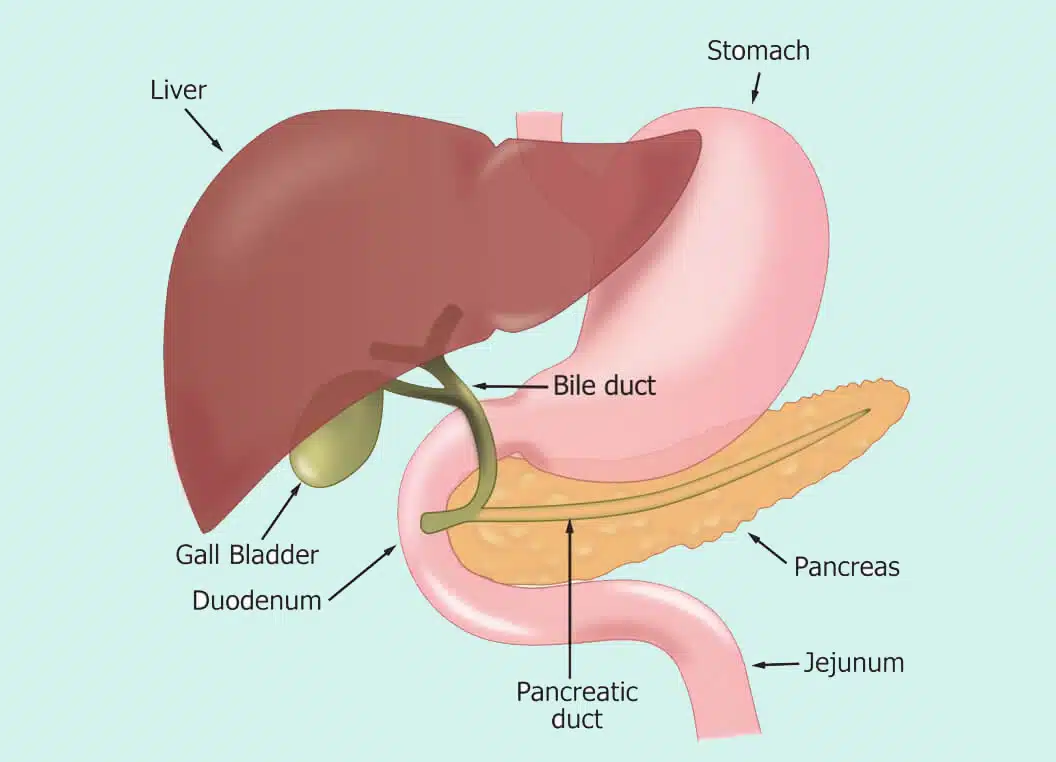Laparoscopic cholecystectomy
Laparoscopic cholecystectomy is a surgery that aims to remove the gallbladder via a laparoscope. It does not require any cut in the abdomen muscles. So, you will have less recovery time and less pain than with open surgery, another type of procedure for gallbladder removal. However, it may not be without any complications.
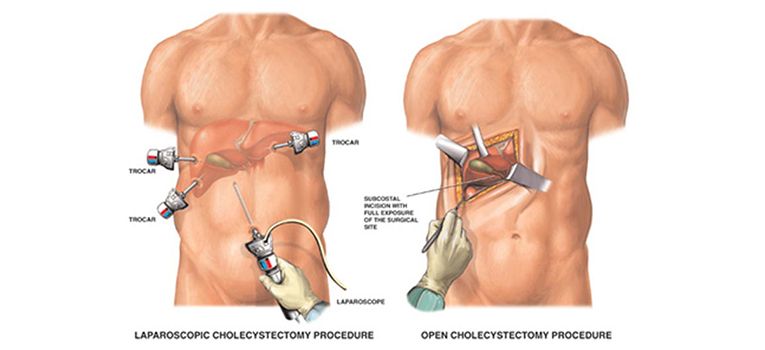
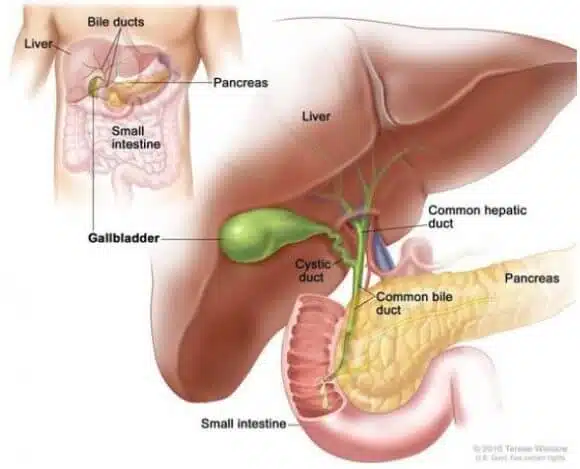
Cholecystectomy purpose
According to estimations, Laparoscopic cholecystectomy is currently applied for nearly 80 percent of cases. A cholecystectomy is used to treat cholecystitis and cholelithiasis. In cholelithiasis, gallstones make the solid components of bile. The gallstones vary in shape and size. The presence of these stones is often referred to as gallbladder disease. This disease may produce symptoms of excruciating right upper abdominal pain. The pain also may radiate to the right shoulder.
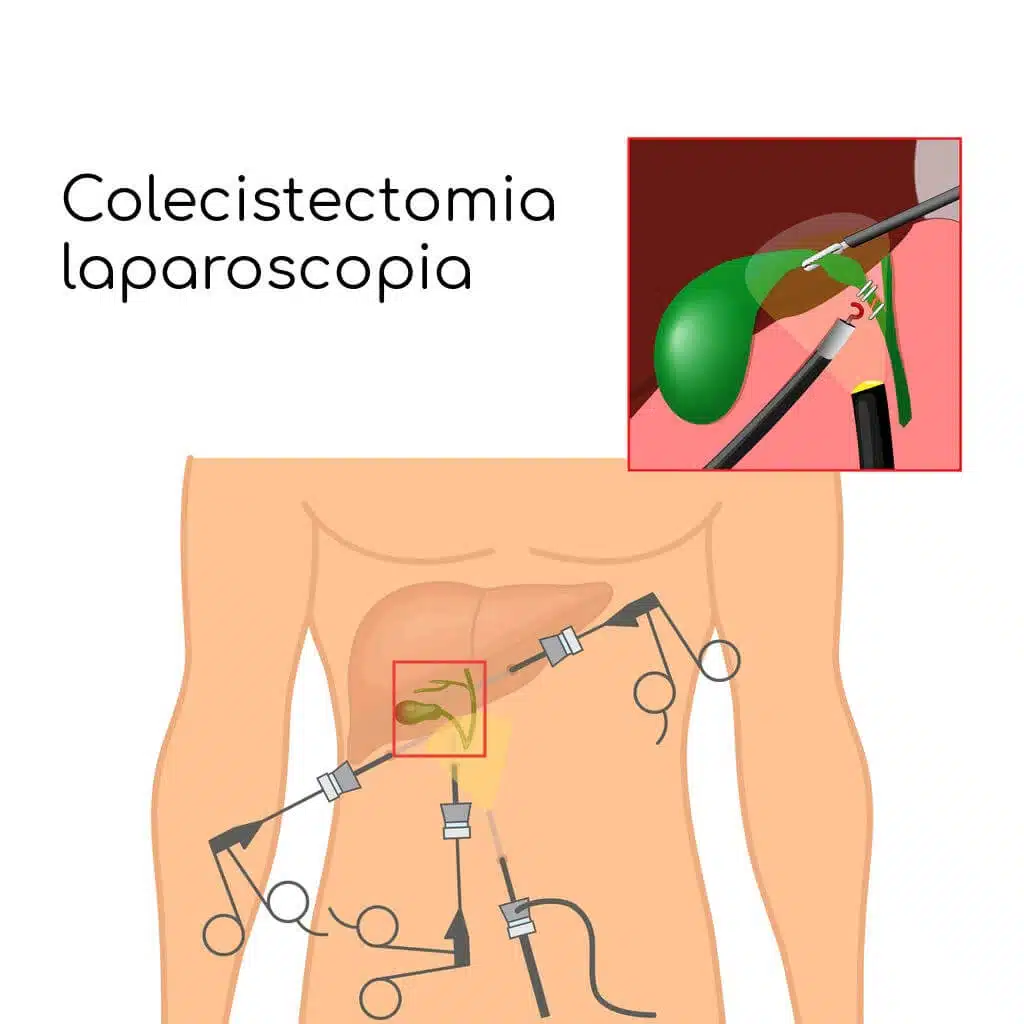
Why laparoscopic cholecystectomy?
This surgery does not require cutting in abdominal muscles. The surgeon makes several small cuts instead of a large one. The surgeon uses a laparoscope, a narrow tube with a camera attached to it. It is inserted through one small incision and the surgeon can see the gallbladder on a screen and manage the surgery via the screen. Laparoscopic cholecystectomy then has less pain after the surgery and you can return to your work and your normal life very soon.
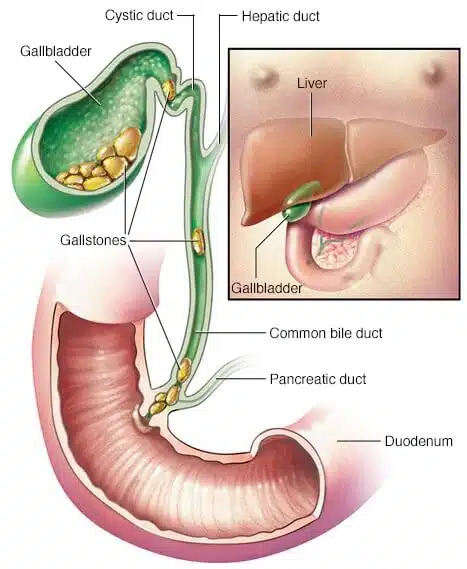
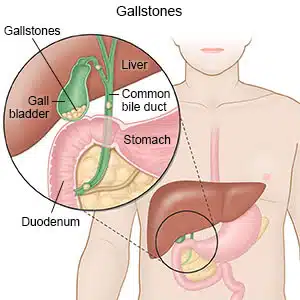
Precautions
However, not all patients can have Laparoscopic cholecystectomy. If you tend to bleed a lot or if you have a problem that makes it difficult to see the gallbladder, open surgery would be recommended. Also, it may be preferred when the gallbladder is so inflamed and can be ruptured. Or, when adhesions are present. In some cases the surgeon starts the Laparoscopic cholecystectomy, but converts it to open surgery during the procedure.
Laparoscopic cholecystectomy procedure
For having laparoscopic gallbladder removal you have to go under general anesthesia. Once you are asleep, an incision is made near your belly button. The surgeon inserts a small device there. The device is called a port and it makes an opening that the surgeon uses it to fill your abdomen with gas. The gas creates space for doing the procedure. Then, the surgeon inserts a small camera through the port. The camera displays the procedure on a screen in the surgery room.
